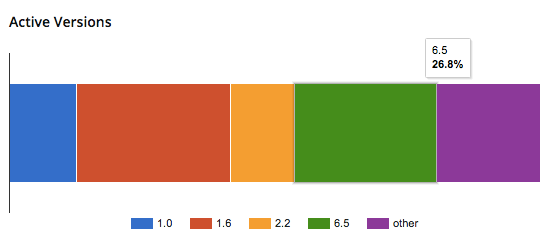In cleaning up lots of hacked WordPress websites over the years one thing that we have noticed fairly often is that there are security plugins installed (that clearly didn’t actually protect the website from being hacked, since it got hacked) and on those websites the security plugin(s) and other installed plugins haven’t been kept up to date. Keeping the plugins up to date is going provide you a lot more protection than a security plugin is going to provide (if the security plugins provide any protection at all), so that combination surprised us at first. Even with that knowledge, something we ran across recently stuck out to us.
While doing some checks over security plugins for security issues in them for our Plugin Vulnerabilities service, we recently spotted a couple in the plugin Centrora Security. We have notified them of the issue and hopefully the vulnerabilities will be fixed soon. While looking over the plugin we noticed on the plugin’s Stats page that most of the active installs seem to be running quite out of date versions.
The current release, 6.5, is only used on 26.8 percentage of the websites using it according to wordpress.org’s data:

The breakdown for the other versions shown there are:
- 1.0: 12.5%
- 1.6: 29.2%
- 2.2.: 11.9%
- other: 19.6%
One possible explanation for that could have been that the plugin had jumped a lot of versions recently, but looking back at when the older versions were released shows that isn’t the case here. Version 1.0 was superseded with version 1.5 on February 13, 2013. Version 1.6 was superseded with version 2.0 on September 10, 2013. Version 2.2 was superseded with version 3.0 on April 4, 2014.
Another possibility would be that websites using the plugin are still on an older version of WordPress that isn’t’ compatible with newer versions of the plugin. The current version is listed as requiring WordPress version 3.7 or higher, which would make it compatible with the vast majority of WordPress websites based on WordPress’ chart of versions of WordPress currently being used:

Looking at what versions of WordPress were required for the old releases doesn’t seem to explain this as, as version 1.0.0 of the plugin required WordPress 3.3, version 1.6.0 also required 3.3, and version 2.2.0 required at least 3.5. So it is not as though the websites could be using a much older version of WordPress than 3.7.
When you have people concerned enough about security to install a security plugin, but not update it in years, despite keeping plugins up to date being an import and rather basic security measure, it points to the difficulty that there is in trying to improve the current poor state of security.
Since we are discussing keeping plugins up to date, don’t forget that we offer a plugin that will turn on WordPress’ ability to automatically update plugins, so you can easily keep your plugins up to date.